Ayon Borthakur
Heterogeneous quantization regularizes spiking neural network activity
Sep 27, 2024



Abstract:The learning and recognition of object features from unregulated input has been a longstanding challenge for artificial intelligence systems. Brains are adept at learning stable representations given small samples of noisy observations; across sensory modalities, this capacity is aided by a cascade of signal conditioning steps informed by domain knowledge. The olfactory system, in particular, solves a source separation and denoising problem compounded by concentration variability, environmental interference, and unpredictably correlated sensor affinities. To function optimally, its plastic network requires statistically well-behaved input. We present a data-blind neuromorphic signal conditioning strategy whereby analog data are normalized and quantized into spike phase representations. Input is delivered to a column of duplicated spiking principal neurons via heterogeneous synaptic weights; this regularizes layer utilization, yoking total activity to the network's operating range and rendering internal representations robust to uncontrolled open-set stimulus variance. We extend this mechanism by adding a data-aware calibration step whereby the range and density of the quantization weights adapt to accumulated input statistics, optimizing resource utilization by balancing activity regularization and information retention.
Representation Learning Using a Single Forward Pass
Feb 15, 2024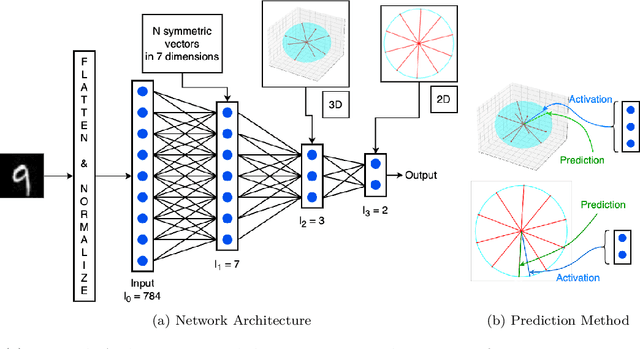



Abstract:We propose a neuroscience-inspired Solo Pass Embedded Learning Algorithm (SPELA). SPELA is a prime candidate for training and inference applications in Edge AI devices. At the same time, SPELA can optimally cater to the need for a framework to study perceptual representation learning and formation. SPELA has distinctive features such as neural priors (in the form of embedded vectors), no weight transport, no update locking of weights, complete local Hebbian learning, single forward pass with no storage of activations, and single weight update per sample. Juxtaposed with traditional approaches, SPELA operates without the need for backpropagation. We show that our algorithm can perform nonlinear classification on a noisy boolean operation dataset. Additionally, we exhibit high performance using SPELA across MNIST, KMNIST, and Fashion MNIST. Lastly, we show the few-shot and 1-epoch learning capabilities of SPELA on MNIST, KMNIST, and Fashion MNIST, where it consistently outperforms backpropagation.
A Study on Tiny YOLO for Resource Constrained Xray Threat Detection
Sep 27, 2023Abstract:This paper implements and analyses multiple nets to determine their suitability for edge devices to solve the problem of detecting Threat Objects from X-ray security imaging data. There has been ongoing research on applying Deep Learning techniques to solve this problem automatedly. We utilize an alternative activation function calculated to have zero expected conversion error with the activation of a spiking activation function, in the our tiny YOLOv7 model. This QCFS version of the tiny YOLO replicates the activation of ultra-low latency and high-efficiency SNN architecture and achieves state-of-the-art performance on CLCXray which is another open-source XRay Threat Detection dataset, hence making improvements in the field of using spiking for object detection. We also analyze the performance of a Spiking YOLO network by converting our QCFS network into a Spiking Network.
Sapinet: A sparse event-based spatiotemporal oscillator for learning in the wild
Apr 13, 2022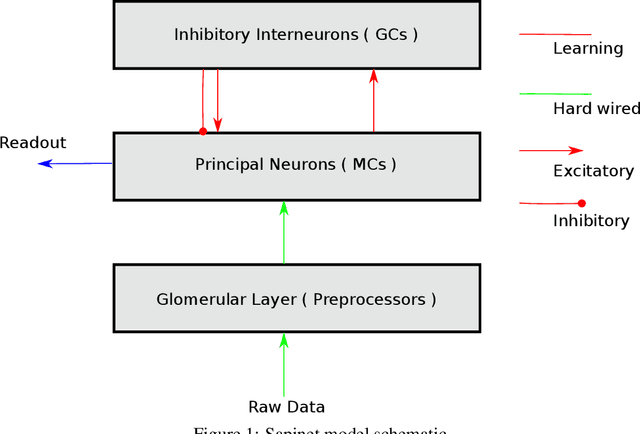

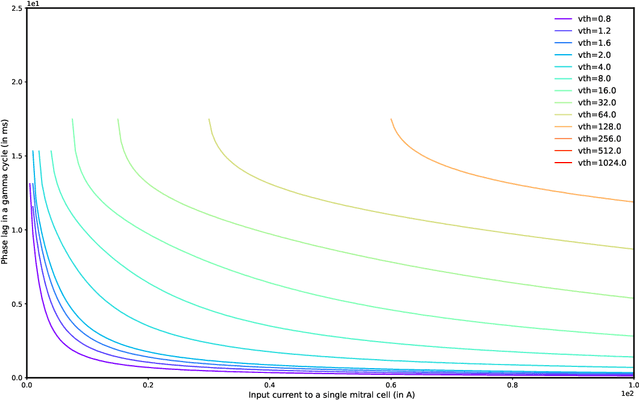

Abstract:We introduce Sapinet -- a spike timing (event)-based multilayer neural network for \textit{learning in the wild} -- that is: one-shot online learning of multiple inputs without catastrophic forgetting, and without the need for data-specific hyperparameter retuning. Key features of Sapinet include data regularization, model scaling, data classification, and denoising. The model also supports stimulus similarity mapping. We propose a systematic method to tune the network for performance. We studied the model performance on different levels of odor similarity, gaussian and impulse noise. Sapinet achieved high classification accuracies on standard machine olfaction datasets without the requirement of fine tuning for a specific dataset.
* PhD thesis
Signal Conditioning for Learning in the Wild
Jul 12, 2019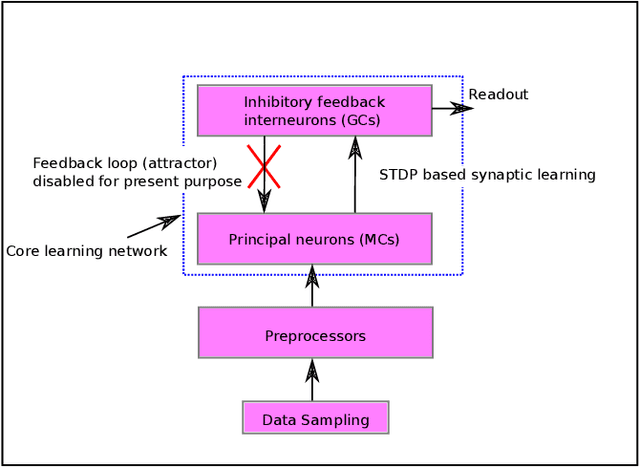
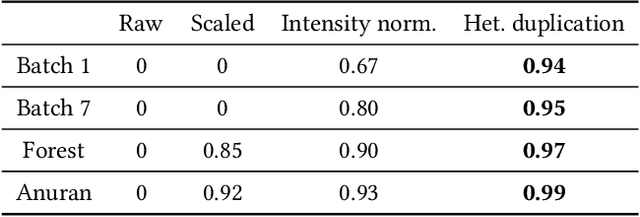
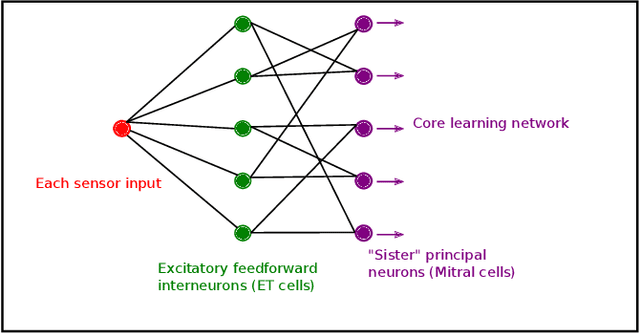
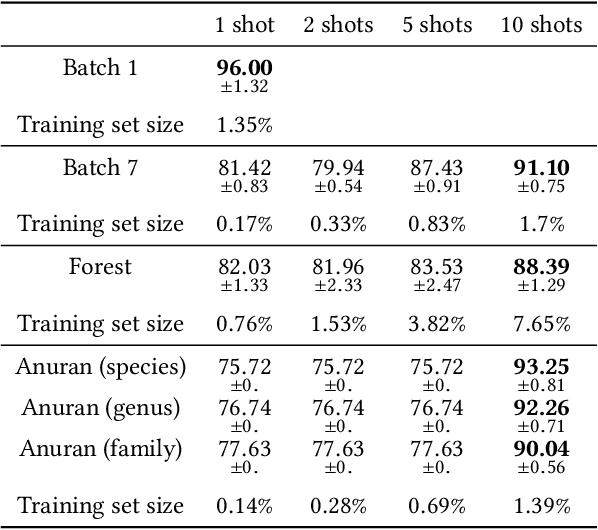
Abstract:The mammalian olfactory system learns rapidly from very few examples, presented in unpredictable online sequences, and then recognizes these learned odors under conditions of substantial interference without exhibiting catastrophic forgetting. We have developed a brain-mimetic algorithm that replicates these properties, provided that sensory inputs adhere to a common statistical structure. However, in natural, unregulated environments, this constraint cannot be assured. We here present a series of signal conditioning steps, inspired by the mammalian olfactory system, that transform diverse sensory inputs into a regularized statistical structure to which the learning network can be tuned. This pre-processing enables a single instantiated network to be applied to widely diverse classification tasks and datasets - here including gas sensor data, remote sensing from spectral characteristics, and multi-label hierarchical identification of wild species - without adjusting network hyperparameters.
 Add to Chrome
Add to Chrome Add to Firefox
Add to Firefox Add to Edge
Add to Edge